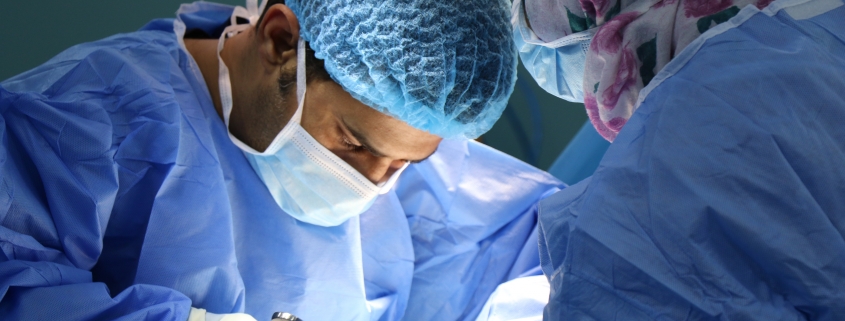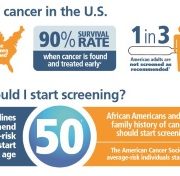Liver Transplant: An Overview
A liver transplant is a surgical procedure in which doctors remove a diseased liver and replace it with a healthy one. This may involve replacing the entire liver or just a section of it. Here’s what you need to know about this procedure.
When is a liver transplant pursued?
A liver transplant is often the best option for people with uncontrollable liver failure. In most cases, liver failure in adults is caused by a chronic condition. For instance, cirrhosis is one factor that leads to liver failure over time. Hepatitis B, hepatitis C, alcoholic liver disease, cancer, and some genetic diseases can also cause liver failure in adults. Children sometimes need a liver transplant as well, often due to genetic disorders or diseases affecting the bile ducts or liver.
Before the procedure
Leading up to a liver transplant, doctors assess your condition with rigorous testing to see the severity of your liver failure and whether you should get a liver transplant. This includes blood testing, diagnostic testing, a psychological evaluation, and more. All of these factors go into whether you may be placed onto the national liver transplant waiting list. Some reasons people are not able to get a transplant include having a chronic untreatable condition, having metastatic cancer, drinking too much, and having severe heart issues.
If you are able to get a transplant, you’ll be placed on the waiting list. People who need a transplant most urgently are at the top of the list, and people with a less urgent need are further down the list. Your place on this list is determined with a structured scoring system called the Model for End-Stage Liver Disease (for children under 12, the Pediatric End-Stage Liver Disease (PELD) is used instead).
If you are preparing for a transplant, your doctor will discuss the steps you need to follow before the procedure. These steps can include avoiding eating and drinking 8 hours before the surgery. If you are receiving a transplant from a living donor, your surgery will be scheduled out in advance. However, if you are receiving a transplant from a deceased donor, you may be called to the hospital for an immediate procedure.
During the procedure
During a liver transplant, doctors sedate you and make an abominable incision while monitoring your vital signs. They remove the diseased liver (or portion of liver) from your body and replace it with the healthy donated liver. They work to connect your blood vessels and bile ducts to the new liver. This is a long process and can take up to 12 hours depending on your situation.
After the procedure
Following a liver transplant, you will spend a few days in intensive care until your condition is stabilized. During this time, doctors will monitor your condition to ensure the transplant has gone well. You will likely be on a ventilator to help you breathe initially. You may also receive IV drips, antibiotics, and anti-rejection medications to help fight against your body’s immune response to your new liver. After you have stabilized, you may spend a week or two more in the hospital in a general non-intensive care room to recover.
Once you have returned home, you will need to follow your doctor’s instructions on keeping your surgical area clean. You should report any symptoms like jaundice, fever, bleeding, or redness around the incision site.
You will also need to take anti-rejection medication indefinitely following the transplant. This involves taking immunosuppressants that weaken your immune response so that your body doesn’t reject your new liver. This puts you at a higher risk of infections, and can also increase your blood pressure and put you at risk for diabetes. Fortunately, over time you will be able to take less medication as your body adjusts. You should consult with your doctor closely to follow the best plan.
Our experienced team at GHP has years of experience treating patients with liver conditions. We can help establish the best plan of care for your situation. Contact any of our office locations to learn about the options we offer and schedule an appointment today.













